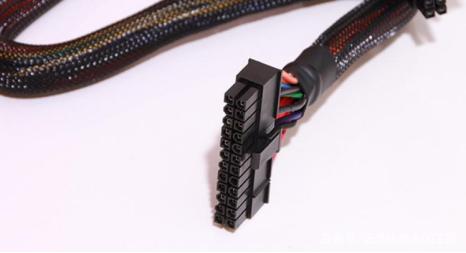With the continuous expansion of the power industry, data communication industry and other industries, the demand for wires and cables will also increase rapidly, and the requirements for wires and cables will become more and more strict. There are more types of them, not only wire and cable for household electricity, but also wire and cable for special industries, and there is also a cable called “coaxial cable”. So, do you know about this “coaxial cable”? Even if you don’t know it, it doesn’t matter, because in the next time, the editor will introduce it to you.
The so-called “coaxial cable”, as the name implies, is a cable with two concentric conductors, and the conductor and the shielding layer share the same axis. Specifically, the coaxial cable is composed of copper wire conductors isolated by insulating materials. Outside the inner layer of insulation is another layer of ring conductor and its insulator, then the entire cable is wrapped by a sheath of PVC or Teflon material.
Seeing this, you may know what is one of the differences between coaxial cables and ordinary cables. After all, ordinary cables are rope-like cables that are twisted by several or several groups of wires (at least two in each group). Each set of wires is insulated from each other and is often twisted around a center, with a highly insulating covering covering the entire outside.
Now that we understand the meaning of coaxial cable, let’s understand its types, that is: according to different classification methods, coaxial cables can be divided into different types. For example, according to their diameters, coaxial cables can be divided into thick Coaxial cable and thin coaxial cable; according to their different uses, coaxial cable can be divided into baseband coaxial cable and broadband coaxial cable.
Compared with ordinary cables, there are far fewer types of coaxial cables. After all, ordinary cables include power cables, control cables, compensation cables, shielded cables, high temperature cables, computer cables, signal cables, coaxial cables, fire-resistant cables, and marine cables. , mining cables, aluminum alloy cables, etc., are used to connect circuits, electrical appliances, etc., which is also the difference between coaxial cables and ordinary cables.
After talking about the types of coaxial cables, we should understand its working characteristics, that is, coaxial cables conduct alternating current instead of direct current, which means that the direction of the current will be reversed several times per second. The structure, from the inside to the outside, is the central copper wire (single-strand solid wire or multi-stranded stranded wire), plastic insulator, mesh conductive layer and wire sheath. The central copper wire and the mesh conductive layer form a current loop, which is also An obvious difference from ordinary cables. After all, ordinary cables can be divided into DC cables and AC cables according to the system of photovoltaic power plants. That is to say, ordinary cables conduct DC or AC power, of which DC power conveys more.
Well, the above is the introduction of coaxial cable, especially the introduction of the difference between coaxial cable and ordinary cable, I hope everyone understands.
Post time: Apr-12-2022

